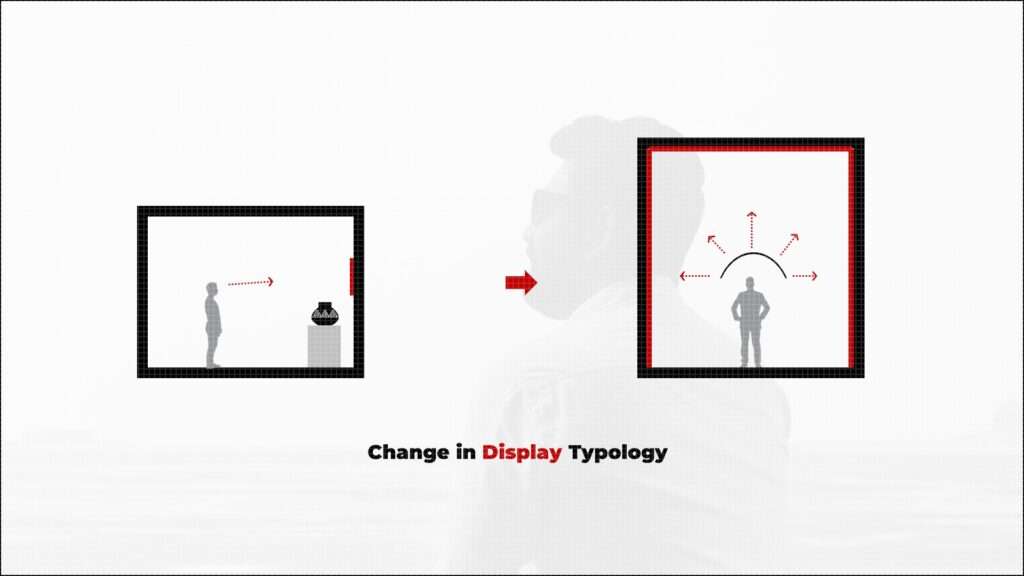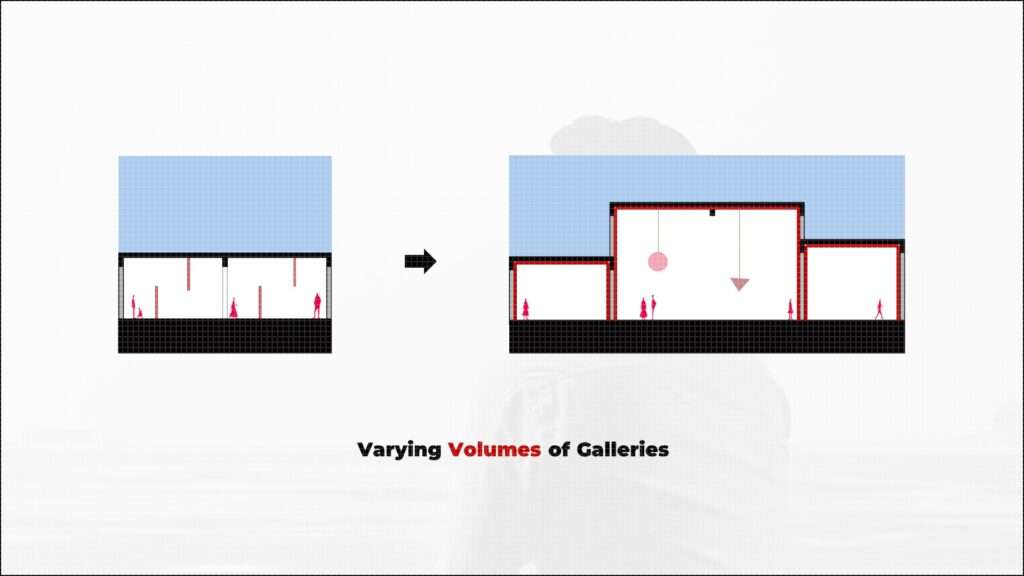Share this Post
Did you know that?
- Virasat-e-Khalsa has been recently crowned India’s No. 1 museum in terms of visitor footfall. Popularly known as the ‘8th Wonder’ in local parlance, the museum topped the popularity charts in museum world in 2019 as it got listed in annual reference books like ‘Limca Book of Records’, India Book of Records’, ‘Asia Book of Records’ and ‘World Book of Records’. And many more other awards
- The Limca Book also mentioned the Museum’s name as India’s top-ranked museum in terms of tourist footfall.
- So now let’s look at some mind boggling stats about it – So the museum draws 5000 visitors per day and 7000 visitors on weekends daily
And setting a world record with
- 20569 visitors on a single day
- The latest news reports also suggest that the museum has seen a total of 97 lakh visitorstill date. The outstanding fact about this number is that the museum managed to achieve this feat in just over 7 years.
- And due to the influx of large number of tourists, apart from making this museum top-ranked, proved a boon for the town of Anandpur Sahib by boosting its
- So the question lies what is so special about its architecture that it is able to attract so many tourists
- So the museum which we are talking about is none other than the Khalsa Heritage Museum in Anandpur Sahib, a town in the State of Punjab
- And the responsibility of designing this beautiful museum complex was awarded to the Israeli-Canadian-American architect Moshe Safdie with Ashok Dhawan as the local Associate Architects and the amazing interior display of this museum was done by Amardeep Behl
Project Name- Virasat-e-Khalsa Museum
Project Location- Anandpur Sahib, Punjab
Architect- Ar. Moshe Safdie
Exhibition Design – Amardeep Behl
Year – 1997-2011

Introduction
The Khalsa heritage centre is a museum of the Sikh people located in the holy town of Anandpur Sahib, near Chandigarh in the State of Punjab
The museum celebrates 500 years of Sikh history and the 300th anniversary of Khalsa, and totally based on the scriptures written by the 10th and last guru, Gobind Singh.
So the site allocated for this museum measured 75-acre site in total area overlooking the town, with hills as the backdrop and also it is one of the world’s largest museums dedicated to depicting the journey and history of a single community
Ar. Moshe Safdie began with designing of this museum back in 1997 and finally it got inaugurated on November 25, 2011, so it took around 14 years to complete this museum.
So now the question lies what are some of the smart planning or design ideas that attracts so many visitors on a daily basis which eventually has become world famous.

Case Study Framework

Brief + Challenges
The brief that was given to Ar. Moshe Safdie by the Chief Minister of Punjab Shri Prakash Singh Badal right in their first meeting saying,
“We Sikhs have suffered a lot in the past and we are planning to tell a story through this museum”
So the primary aim was
1) To instill a ‘SENSE OF PRIDE’ in the Sikh Community which could strike a psychological nerve in them
2) Secondly, apart from designing the museum was how we can design a museum without artefacts, based completely on experiences
And the third part of the brief lied in the formal program for the museum
3) The functional requirements consisted of Art Galleries, Auditorium, Cafeteria, Library, Outdoor Amphitheatre, and a Visitor’s Centre etc.
Conceptual Ideas of the Museum
So before starting on to the actual design process Ar. Moshe Safdie visited the historic towns of Rajasthan, Punjab to draw some inspirations for the museum
He also got inspired by the rich heritage of Anandpur Sahib — and its elements like the hills, natural valleys and streams, and also from the historic Golden Temple
The use of water body around the structure a distinct element in the life of the Sikh community and the gold plated dome of the Golden Temple see its inspirations in the museum too in the form of the central reflecting pool and stainless steel plates for the roof.

So these were some of the ideas which he derived after seeing the fortress architecture and various other places
The form is assumed to rise from the sand cliffs as if it is grown from the site itself
And it also tries to mimic the hills behind in some or the other way lending the building a great sculptural effect
The boat building form which we will see in the planning is inspired from the subliminal act of hands offering prayers in Sikh culture

Planning of the Museum
The whole heritage centre is a complex divided into 3 parts – eastern and the western block which is connected by a 540 ft. bridge
So when looking at the zoning broadly the western and eastern complex consists of closed functions and the central complex consists of recreational facilities such as the café under the bridge and the Open Air theatre
The entry to the museum is from the western and the eastern block, but the main entry for tourists is from the western block

Western complex :
The Western complex forms the gateway for the town. It houses functions that respond directly to the needs of the people — such as
- Ticketing counter
- The exhibition galleries;
- A two-level library centred around a grand reading room overlooks water garden;
- Some facility for storing archival materials and meeting rooms
- A 400-seat auditorium.

Central Complex :
- Public facilities and a cafeteria are located at the base of the bridge overlooking the vistas towards the reflecting pool
- A series of reflecting pools through arcaded walkways and gardens create a seven-acre water body between the two complexes which is inspired from the golden temple
- The central complex also has an Open Air Amphitheatre

Eastern complex :
A 540 ft. from the western complex provides pedestrian access to the eastern complex, which comprises of – permanent exhibitions presenting Sikh history, religion, and culture,
- The eastern block has the boat building, the flower building and the crescent tower.
- As the boat building form is inspired from the subliminal act of hand offering prayers, which houses the largest hand-painted mural in the world, depicting the past and the present of Punjab, as seen in its villages, towns and cities.
- The moment you enter the first phase, there is darkness in the room and then suddenly echoes voices of chirping birds and a blue tint of light becomes visible.
- You watch the murals standing on a walkway giving you a 360-degree view of the surrounding murals on the walls with multiple colourful panels to create a three-dimensional effect
- The feeling and the view is hard to put in words and must be experienced by being there
- In the flower block galleries are Arranged in group of five, that reference to the five virtues of Sikh religion which are Truth, Contentment, Compassion, Humility and Love
- Each petal houses a gallery tracing the life history of all gurus such as the Guru Nanak Dev, Guru Angad Dev, Guru Amar Das, Guru Ramdas from birth to attaining salvation. Each petal hence describes history about that specific guru. So the Five flower-like petals evokes the lotus, projecting towards the sky.
- The third block is a crescent shaped building with petal like projections that cover the lives of Guru Hargobind, Guru Har Rai, Guru Harkrishan, Guru Teg Bahadur, Guru Gobind Singh and Gurta Gaddi.

Planning Features
And now these simple steps taken into consideration during planning have given rise to some amazing features that need to be highlighted which have contributed in making the journey amazing
1) Use of Lights – In spite of not using the natural light which is used in most of the museums that we see but here the sheer use of different colored LED lights creates an aura of its kind.

2) Use of Vibrant Colors (inside as well as outside) – In most of museums we don’t see much of exploration of colors either it is white or yellowish but here the varied use of colors really establishes a connect with people and also which is prevalent in the life of Sikh Community
The use of such vibrant colours keeps the viewers indulged in overall spatial character.

3) Use of Sound – Generally travelling in museums from different galleries can bring about “Museum Fatigue” because the user does not seem to connect with the artifacts but in this case changing the display type which is relatable plus the involvement of sound makes it an unimaginable experience. So there is a multisensory engagement that is visual + audio

4) Change in Display Typology – Usually in most museums the artifacts are displayed separately with a glass casing but in this case, the inside façade itself acts as a museum display instead of keeping separate artifacts for display and the local people have hand made some display pieces that has created a sense of belonging amongst the Sikh community giving rise to a participatory approach.

5) Varying Volumes of Galleries – Breaking free from the monotonous ceiling height galleries and artifacts after artifacts, here the changing volumes of galleries and also the display pieces either from the ceiling or the 14m high walls creates an unforgettable experience and tends to involve the viewer with it

6) Strong use of Geometry – Strong use of geometric forms lends it a sculptural look from the outside and also demonstrates the strength and power of Sikh Community

Structural Arrangement of the Museum
And now, coming to the amazing structural features of this building that need to be highlighted would be the
- The use of RCC shear walls makes the construction of the museum comparatively simpler eliminating the structural complexity.
- The museum structure is made of caste in situ i.e. RCC shear walls and Vierendel trusses to span the floors and the Gwalior sandstone is clad from the outside
- The colonnades forming verandas are kept in exposed concrete devoid of any cladding.

Material Palette
The massive geometric forms are dressed in RCC with Gwalior sandstone from outside with upwardly curving roofs of the museum’s tower-like galleries covered in stainless steel, designed with reference to the rich tradition of gold domes that crown sacred Sikh buildings such as the Golden Temple in Amritsar with glass used for skylights and the interior exhibits in ACP Panel Sheets
So the material palette was definitely inspired from the traditional architecture such as the Golden temple and fortress architecture

Genius Moves by the Architect
And the study would be incomplete without understanding the architect’s smart moves in it
1) Injected a ‘SENSE OF PRIDE’
So the first lesson that we need to learn from this case study is the way this museum injected a sense of pride in people either by letting them participate in the artifact making process or telling stories thru an experiential journey and making it more relatable.

2) Power of Storytelling
Usually museums are designed for a one specific personality or an event, but this is the first of its kind of museum in India representing the history of Sikh community.
It has also taught us lessons of the Power of Storytelling thru experiential architecture and representing CITY EVENTS in a MUSEUM

3) Showcase Typology to Experiential Typology
Moving Away from the showcase structure of museums to experiential type
It has completely changed the idea of museums which was earlier looked upon as only a container of artifacts and due to which also people get bored
But here the journey of struggle, courage, sacrifice, and excellence of this community since the birth of Sikhism 500 years ago is weaved out beautifully by giving the viewer an audio – visual + the spatial experience of moving thru the spaces

4) Strong form depicts Power of Sikhs
The form of the museum complex demonstrates the strong strength and unity that is present in the Sikh community all throughout its festivals

5) Museum as a Magnet for tourists
The museum truly acts as a magnet for attracting people and thereby benefitting its overall economy.
So the frequency of a person visiting this museum has increased drastically to break all records

6) Influence of Louis Kahn
We can see strong influences of Louis Kahn in this building and this building is said to be the return of Safdie’s roots as he worked with Louis I. Kahn on the Indian Institute of Management in the 1960s.
So Moshe Safdie’s design for Khalsa Heritage Centre is more sculptural than Kahn’s brick buildings, but the geometrical roots of the design are still evident.
It is a design that attempts to bridge old and new, the traditional and the contemporary. Like Kahn, Safdie uses cylinders, cubes, arches, to create architecture on a grand scale.

Conclusion
So many of you may have doubts as to whether architecture can really touch people’s lives?
And here is a strong example of the same that you can really experience by visiting it.
We can say that the Museum is Monumental in form but Emotional in its Design Approach
And therefore we can conclude that it is a
“A Museum of the People, By The People And For The People”
What are your thoughts on this, share in the comments section below



